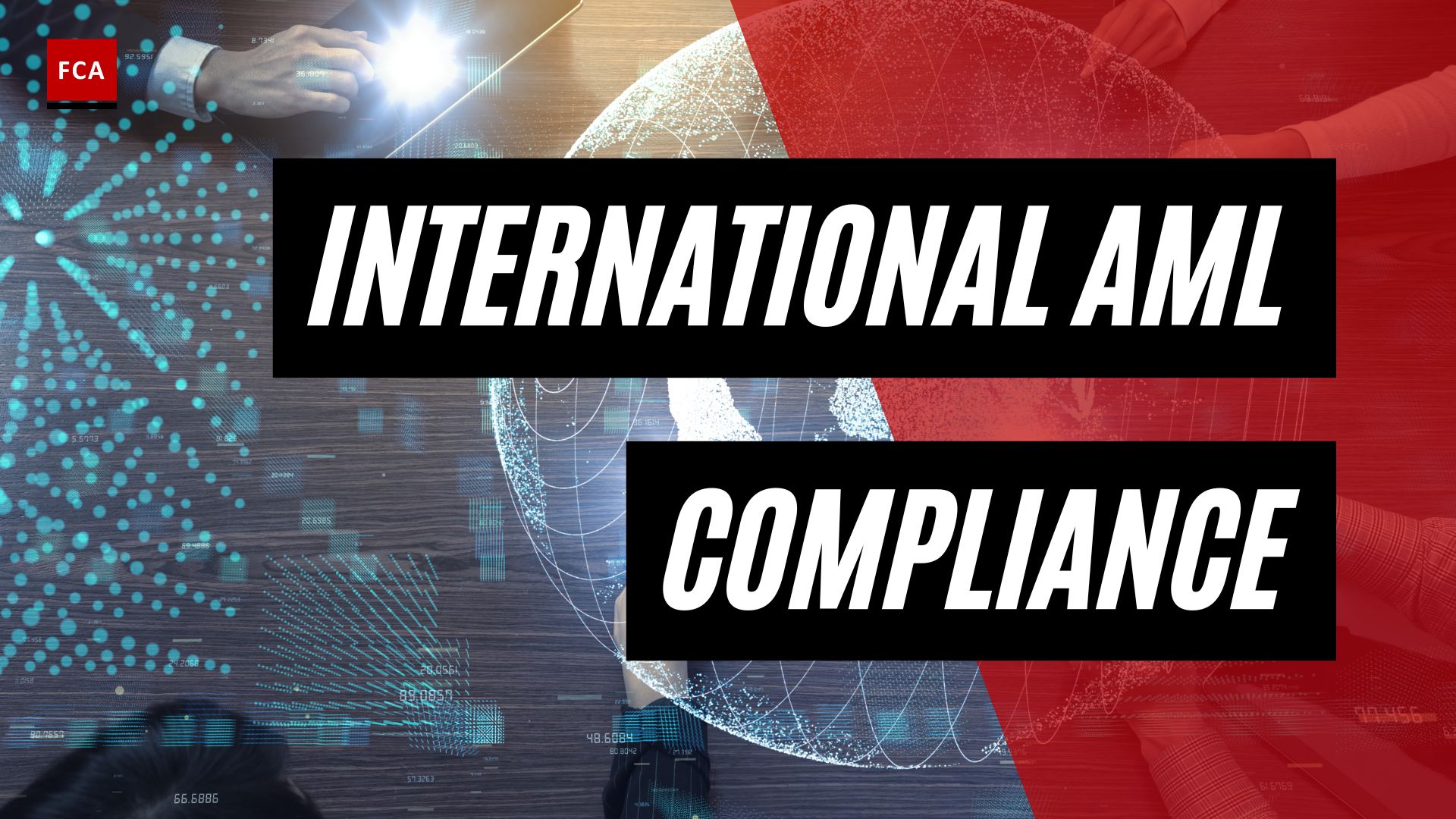Understanding Customer Identification Program
The Customer Identification Program (CIP) plays a critical role in preventing illicit activities such as money laundering and terrorist financing. This section will delve into the definition of CIP and shed light on its importance.
Defining Customer Identification Program
The Customer Identification Program (CIP) was established in 2003 by the USA Patriot Act. Its primary objective is to combat money laundering and terrorist financing by mandating banks and financial institutions to verify the identity of customers opening accounts. The CIP requires financial institutions to collect basic identifying information from each customer, such as name, address, taxpayer identification number, date of birth, and an official identification number.
The guidelines of CIP distinguish between customers who are individuals and those who are entities, with the latter requiring additional verification to establish the identity of key individuals associated with the entity. Financial institutions are expected to create risk-based procedures for verifying the identity of customers, with a focus on the use of documents, non-documentary methods, and identity verification services to ensure compliance with CIP regulations.
Therefore, a customer onboarding process compliant with the CIP consists of three major components: planning and implementation, oversight and accountability, and independent auditing. These components may vary in complexity based on the financial institution’s business lines, size, structure, and risk profile.
Importance of Customer Identification Program
A well-structured and compliant CIP is a cornerstone of the anti-money laundering (AML) framework within financial institutions. It is an integral part of the “Know Your Customer” process that enables financial institutions to verify the identity of their customers and ensure that their operations are within the legal framework (Source).
Moreover, the CIP is critical in limiting money laundering, funding for terrorism, corruption, and other illegal activities in financial institutions. It helps in enhancing transparency and accountability, thereby contributing significantly to the global fight against financial crime.
Failure to comply with the CIP requirements can result in significant penalties for financial institutions, including fines and sanctions by regulatory authorities (Finance Strategists). Hence, adherence to CIP regulations not only mitigates the risk of financial crime but also safeguards the reputation of the institution.
To learn more about the critical role of Customer Identification Program in AML compliance and how technology is shaping its future, continue reading the following sections of this article.
Key Elements of a Robust CIP
A robust customer identification program (CIP) is crucial for financial institutions in the fight against fraud and to meet Anti-Money Laundering (AML) compliance requirements. The core of a successful CIP lies in three key elements: clear written protocols, an effective verification system, and an independent audit process.
Written Protocols
The first and most foundational element of a robust CIP is a set of clear written protocols. These protocols should provide guidance on how to identify and verify customers during the customer onboarding process. The protocols should also outline the kyc documentation requirements and procedures for record keeping.
Having well-defined written protocols not only ensures consistency throughout the customer identification process, but also provides a roadmap for employees to follow. It reduces ambiguity, increases efficiency, and allows for easier training of new staff members.
Effective Verification System
The second key element of a robust CIP is an effective verification system. This system should be capable of authenticating the identity of customers based on the information and documentation provided during the onboarding process.
In today’s digital age, many financial institutions are adopting digital identity verification and biometric identity verification technologies to enhance the accuracy and efficiency of their customer verification process.
It’s important that the verification system is robust and able to detect potential fraudulent activities. This includes checking against watch lists, politically exposed persons (PEPs) lists, and other risk indicators.
Independent Audit Process
The third component of a robust CIP is an independent audit process. This process plays a crucial role in ensuring the effectiveness of the CIP and its compliance with know your customer regulations.
The audit process should review and evaluate the written protocols, the verification system, and the overall effectiveness of the CIP. Any gaps identified during the audit should be addressed promptly to maintain the integrity of the CIP.
Moreover, the audit process should also include AML transaction monitoring to detect and report suspicious activities.
In conclusion, a robust CIP not only aids in preventing illicit activities but also ensures regulatory compliance. As financial crime threats continue to evolve, so too must the components of the CIP. Adopting advanced technologies and maintaining updated protocols are key to staying ahead in the fight against financial crime.
Leveraging Technology in CIP
As technology advances, so does its application in the field of customer identification. Innovations like artificial intelligence (AI) and electronic forms (eForms) and signatures (eSignatures) are changing the way businesses approach their Customer Identification Program (CIP).
Role of AI in Customer Identification
AI technology is playing a significant role in enhancing the efficiency and effectiveness of the customer identification process. It accelerates the collection, extraction, and analysis of customer documents, aiding in the identification process for AML compliance (Lightico).
AI can expedite customer-facing journeys and improve efficiency by enhancing data extraction and analysis. It can also verify IDs across 200+ countries and regions, verify documents like business registration and proof of income, and protect against identity spoofing with selfie comparisons (Persona).
For instance, AI can facilitate the automatic and secure verification of passports via NFC chip, screen across 100+ global sanction and warning lists, and automate negative news checks across 400+ million articles. This advanced technology not only speeds up the customer onboarding process but also provides a more reliable and accurate method for customer identity verification.
Use of eForms and eSignatures
Electronic forms and signatures, commonly known as eForms and eSignatures, have become increasingly popular in CIPs. These digital tools offer a convenient and efficient way for customers to provide their personal information and consent during the Know Your Customer process.
The use of eForms and eSignatures simplifies the data collection process and reduces the possibility of errors that can occur with manual data entry. It also allows for real-time data validation, ensuring that the information provided by customers is accurate and complete.
Moreover, eSignatures provide a secure and legally binding method for customers to confirm their identity and consent to the terms and conditions of the CIP.
In conclusion, leveraging technology in CIP plays a significant role in enhancing the efficiency and effectiveness of the identification process. The use of AI in customer identification and the application of eForms and eSignatures not only streamline the process but also improve the accuracy and reliability of the data collected.
Regulatory Compliance and CIP
The Customer Identification Program (CIP) is a cornerstone in the regulatory landscape of financial institutions. It serves as a fundamental aspect of complying with Know Your Customer (KYC) regulations and Anti-Money Laundering (AML) guidelines.
Compliance Requirements for CIP
In order to adhere to CIP regulations, financial institutions are required to create and maintain written procedures that are reasonably designed to identify and verify the identity of their customers. The CIP guidelines distinguish between customers who are individuals and those who are entities, with entities requiring additional verification to establish the identity of key individuals associated with the entity (Finance Strategists).
The Financial Crimes Enforcement Network (FinCEN) issued a final rule implementing the Bank Secrecy Act’s (“BSA”) requirement for banks and other covered financial institutions to establish and maintain written procedures to identify and verify the identity of beneficial owners of legal entity customers. Covered financial institutions must identify and verify the identity of any individual who owns 25% or more of a legal entity customer, and an individual who controls the legal entity customer (FDIC).
The regulatory requirements demand a mix of document-based identity verification and non-documentary methods. This often includes the use of digital identity verification tools and electronic identity verification services to ensure robust compliance with CIP regulations.
Penalties for Non-compliance
Non-compliance with CIP requirements can lead to significant penalties for financial institutions. Regulatory authorities, including FinCEN, have the power to impose fines and sanctions on institutions that fail to meet the standards set forth in the CIP.
These penalties can range from financial fines to severe reputational damage that can impact the institution’s relationships with its customers and other stakeholders. Therefore, it is of utmost importance for financial institutions to have a robust CIP that adheres to all regulatory requirements.
By understanding the requirements and potential penalties associated with CIP, financial institutions can develop a customer onboarding process that not only ensures regulatory compliance but also provides a smooth and efficient experience for their customers. To further understand the various aspects of KYC and AML compliance, explore our resources on AML transaction monitoring and KYC documentation requirements.
CIP and Anti-Money Laundering
The Customer Identification Program (CIP) plays a crucial role in Anti-Money Laundering (AML) efforts, primarily by enhancing transparency and accountability in financial transactions. This, in turn, effectively reduces the risks associated with money laundering, terrorism financing, and other financial crimes.
CIP in AML Compliance
A robust CIP is integral to AML compliance. The USA PATRIOT Act of 2001 mandates financial institutions to implement a CIP to verify the identity of customers opening accounts. This involves clear written protocols, an effective verification system, and an independent audit process, which are key elements of a good Customer Identification Program.
CIP regulations distinguish between individual customers and entities, with the latter requiring additional verification to establish the identity of key individuals associated with the entity. This differentiation becomes essential when considering the customer onboarding process and the subsequent customer identity verification.
Enhanced due diligence procedures should be established for customers designated as “high-risk” for money laundering or involved in certain activities, such as cash-intensive businesses or those with multiple layers of ownership (FDIC).
Ensuring Transparency and Accountability
The transparency and accountability provided by a comprehensive CIP are fundamental to AML compliance. By verifying and documenting customer identities, financial institutions can better monitor and understand their customers’ behaviors, which is a critical aspect of AML transaction monitoring.
Artificial Intelligence (AI) technology is employed to accelerate the collection, extraction, and analysis of customer documents, significantly aiding in the identification process for AML compliance (Lightico).
Moreover, the Financial Crimes Enforcement Network (FinCEN) issued a rule that requires banks and other covered financial institutions to establish and maintain written procedures designed to identify and verify the identity of beneficial owners of legal entity customers (FDIC). This ensures that financial institutions can effectively track and monitor financial transactions, thereby preventing illicit activities and maintaining accountability.
The introduction of Electronic Identity Verification (eIDV) has further bolstered CIP’s effectiveness in AML compliance. eIDV independently verifies customer identity through online processes, offering a high level of risk mitigation, speeding up the onboarding process, and providing a seamless experience for customers (Trulioo).
In the fight against illicit financial activities, the role of a robust CIP in AML compliance is paramount. By ensuring transparency and accountability, financial institutions can effectively safeguard themselves and their customers from financial crimes.
Advanced Techniques in Customer Identification
The effective implementation of a customer identification program (CIP) involves the use of advanced techniques to accurately verify the identity of potential customers. In this section, we explore two of such techniques: Enhanced Due Diligence and gathering Beneficial Ownership Information.
Enhanced Due Diligence
Enhanced Due Diligence (EDD) is a crucial aspect of the customer onboarding process and an integral component of a robust CIP. According to the FDIC, EDD procedures should be established for customers designated as “high-risk” for money laundering or involved in certain activities, such as cash-intensive businesses or those that have multiple layers of ownership.
The EDD process typically involves a deeper level of scrutiny, including verifying the customer’s source of funds, understanding the purpose and intended nature of the customer relationship, and conducting ongoing monitoring of the customer’s activities and transactions. These procedures help financial institutions mitigate risks associated with high-risk customers and ensure compliance with know your customer regulations.
Beneficial Ownership Information
Identifying the beneficial ownership of a legal entity customer is another advanced technique used in the CIP. This involves identifying any individual who owns 25% or more of a legal entity customer, and an individual who controls the legal entity customer.
For legal entity customers that are listed on a regulated securities exchange, a covered financial institution may rely on its own records for the customer’s beneficial ownership information, subject to certain conditions. This could include checking the customer’s publicly available information or existing records about the customer’s ownership structure.
The FDIC also states that a financial institution may rely on another financial institution to perform the required identification and verification procedures, subject to certain conditions and agreements. This kind of collaborative approach can streamline the identification process and reduce the duplication of efforts.
The collection and verification of beneficial ownership information are important aspects of the CIP and play a significant role in combating illicit activities such as money laundering and terrorist financing. To effectively manage this process, financial institutions often leverage AML compliance solutions that include digital identity verification and AML transaction monitoring capabilities.
By employing these advanced techniques, financial institutions can strengthen their customer identification program, mitigate risks, and meet regulatory requirements in an efficient and effective manner.
The Future of Customer Identification Program
As technology and regulations evolve, so too does the future of the customer identification program. Emerging trends like electronic identity verification will play a significant role in shaping the landscape of customer identification. Simultaneously, institutions will need to address various edge cases that arise during the customer identification process.
Role of Electronic Identity Verification
Electronic Identity Verification (eIDV) is rapidly becoming a cornerstone in the identification process. eIDV offers high levels of risk mitigation, accelerates the customer onboarding process, and provides a seamless experience for customers.
eIDV involves independently verifying customer identity through online processes, comparing information from consumer reporting agencies, public databases, or other reliable sources Trulioo. The rise of eIDV signifies a shift towards more digital and automated processes in customer identification, which can streamline operations and increase accuracy in identity verification.
For a more detailed understanding of the role and benefits of eIDV, read our article on electronic identity verification.
Addressing Edge Cases in CIP
While technological advancements like eIDV are reshaping the customer identification program, institutions must also have robust procedures to handle various edge cases. These could include scenarios where a person lacks an identity document, the document type is unknown, or the customer cannot visit the institution in person.
The customer identification program must also maintain customer identity information for as long as the customer remains with the institution and for five years after. This includes details of the identity verification documents used Trulioo. To understand the specific documentation requirements for customer identification, refer to our article on kyc documentation requirements.
As the landscape of customer identification evolves, institutions must remain adaptable and responsive to changes. This includes staying updated with the latest aml compliance solutions and regulations, leveraging new technologies like eIDV, and effectively addressing edge cases. This will ensure that their customer identification program remains effective, compliant, and capable of mitigating potential risks.









